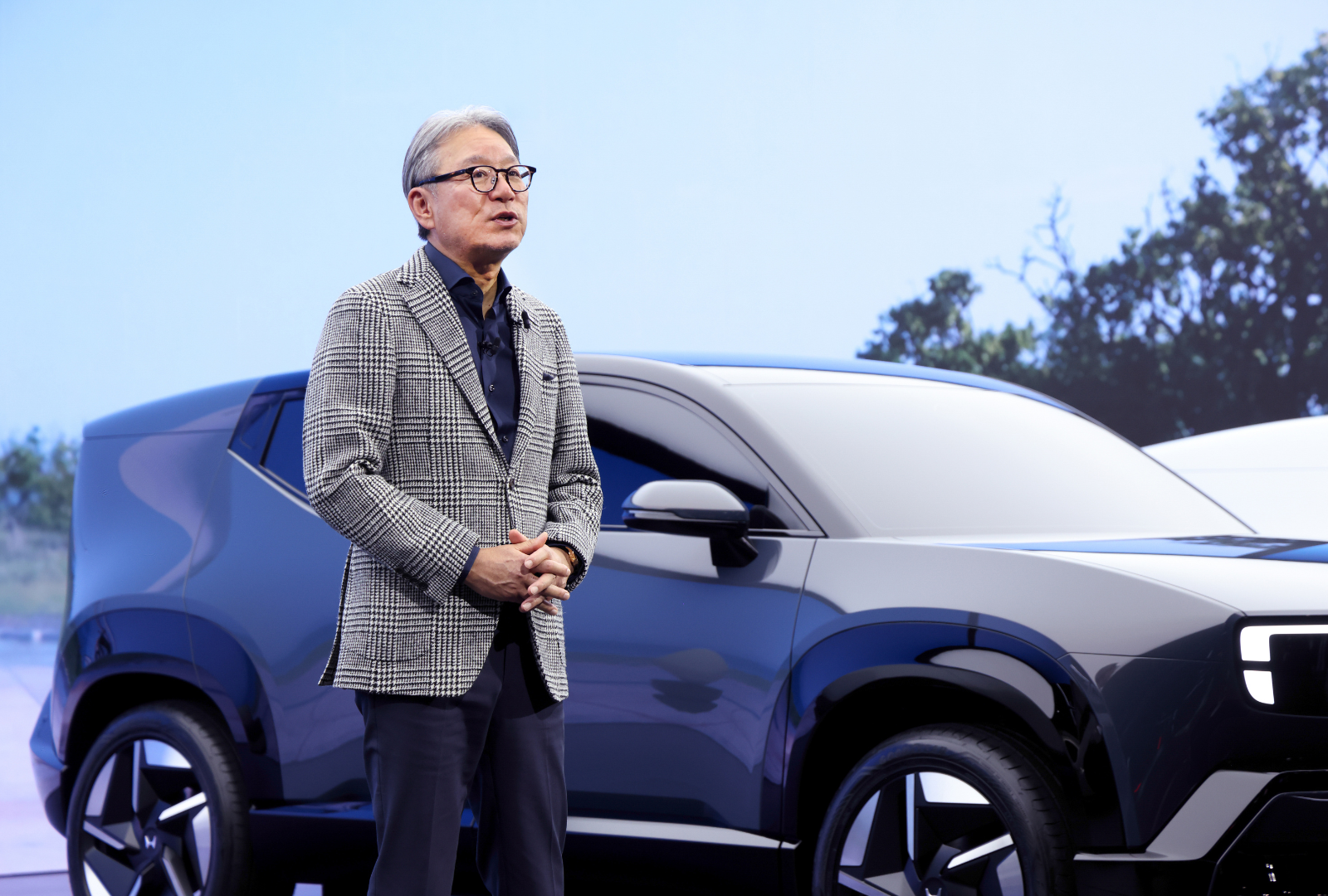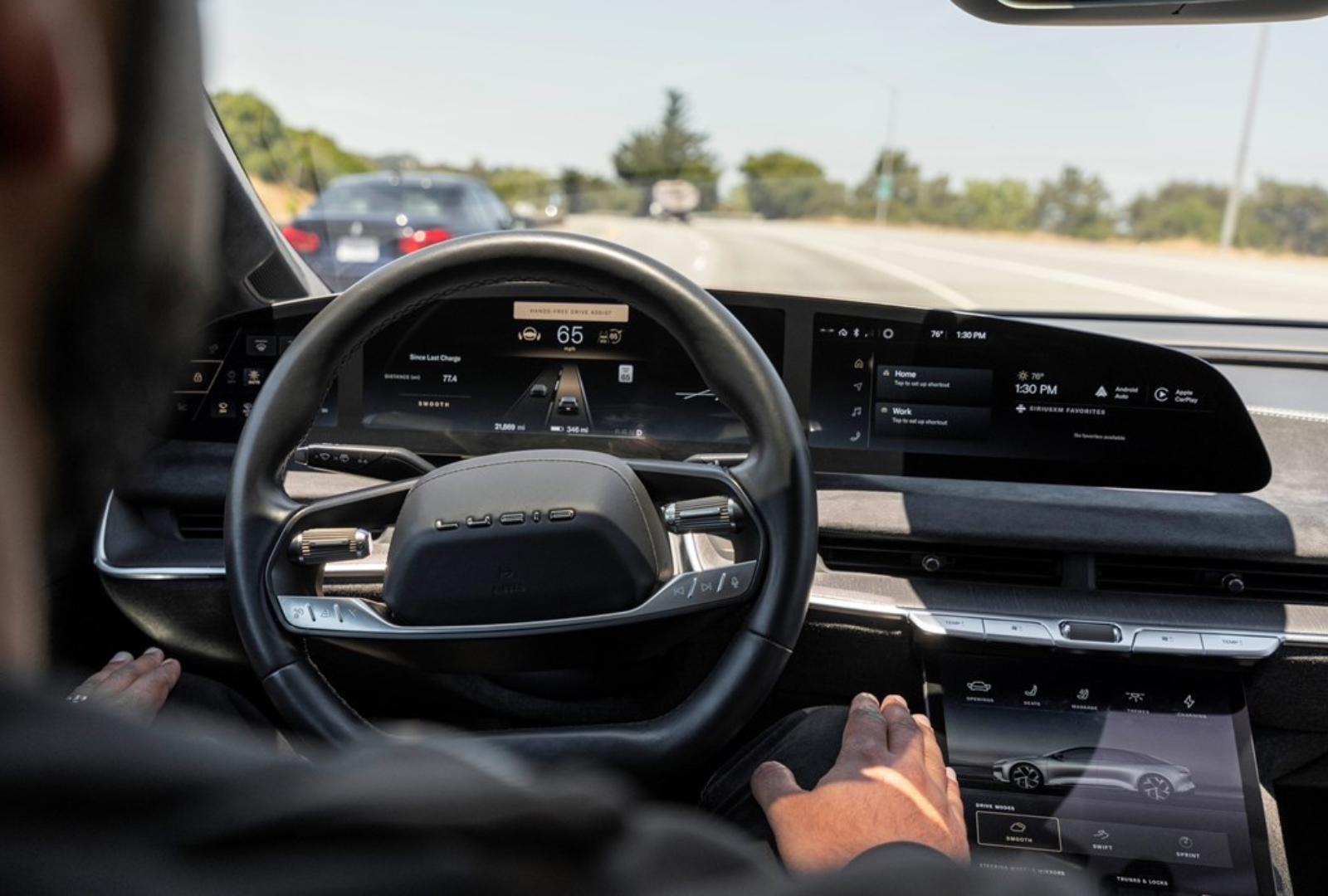The world’s old car companies have been around for over 120 years. As they move forward, many are calling on their heritage with design that is reminiscent of those roots, while the technology that’s installed in their cars firmly footing them in today.
Show cars allow designers to push those boundaries, imagining what a further off tomorrow would look like, often with exaggerated proportions and materials that would likely never make their way into a mass production model.
The Mercedes-Benz Vision Iconic is a nostalgic nod to the future. “Inspired by the golden era of automotive design of the 1930s, this show car embodies the pure essence of Mercedes-Benz,” Gorden Wagener, chief design officer, Mercedes-Benz Group AG, said in a press release.
At the front of its elongated hood, the face of the Vision Iconic wears a plus-sized grille that pays homage to the large grilles in the company’s history. It is reminiscent of the grille on the Vision V concept van that debuted at Auto Shanghai in April 2025.
The automaker has carried that heritage into its new battery-electric GLC SUV. It wears an illuminated, modern take on the large grilles of Mercedes-Benz models past.
On either side of the grille, the show car’s thin slit headlights shoot light in front of the car.
Designers have swathed the body of the Vision Iconic in black high-gloss paint. The paint contains solar modules that can take in energy from the sun to supplement the vehicle’s driving range. The coating does not contain rare earth minerals or silicon, and can be easily recycled.
The interior of the show car gets back to basics with more than a touch of 1930s-inspired glamour thrown into the mix. Its lounge-like setting features Art Deco touches that continue the design story from the interior of the Vision V.
Lounge settings like this could be possible in the future with the use of Level 4 hands-free, eyes-free self-driving technology. Still, the Vision Iconic has a steering wheel, a four-spoke unit with a Mercedes-Benz logo floating inside a glass sphere.
Sitting in front of the driver’s area is a “Zeppelin” floating glass structure in the instrument panel area. Stretching from pillar to pillar, the sculptural element blends the analog with the digital. When the door is opened, the cluster comes to life with animation inspired by chronographs. Further, the four small clocks at the center of the sculpture act as AI companions.
The door panels feature mother-of-pearl surfaces that surround brass door handles painted in a silver-gold hue. Mother-of-pearl also features behind the Zeppelin.
A front bench seat, upholstered in deep blue velvet, stands as a nod to the auto industry’s coachbuilding days. On the floor, straw marquetry, a decorating technique that stretches back to the 17th century and was revived in popularity in the 1920s.
Mercedes-Benz’s coachbuilding past is the reason it has its name today. From 1890 to 1926, the brand’s original company was named Daimler-Motoren-Gesellschaft. Emil Jellinek, an Austrian diplomat based in Nice, France, began racing DMG vehicles and ordered a specially built engine, which was named after his daughter, Mercedes. The car and engine pairing was such a success that the automaker capitalized on it by creating the Mercedes vehicle line beginning in 1902.
When DMG merged with Benz & Cie in 1926, a new company name emerged, Daimler-Benz AG, which manufactured vehicles under the Mercedes-Benz name.











